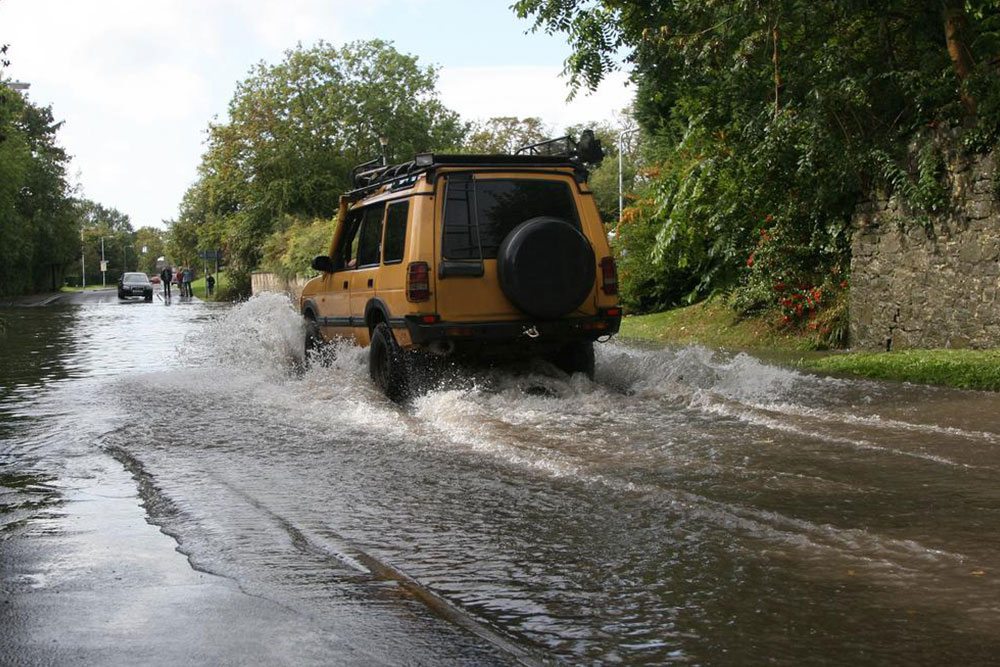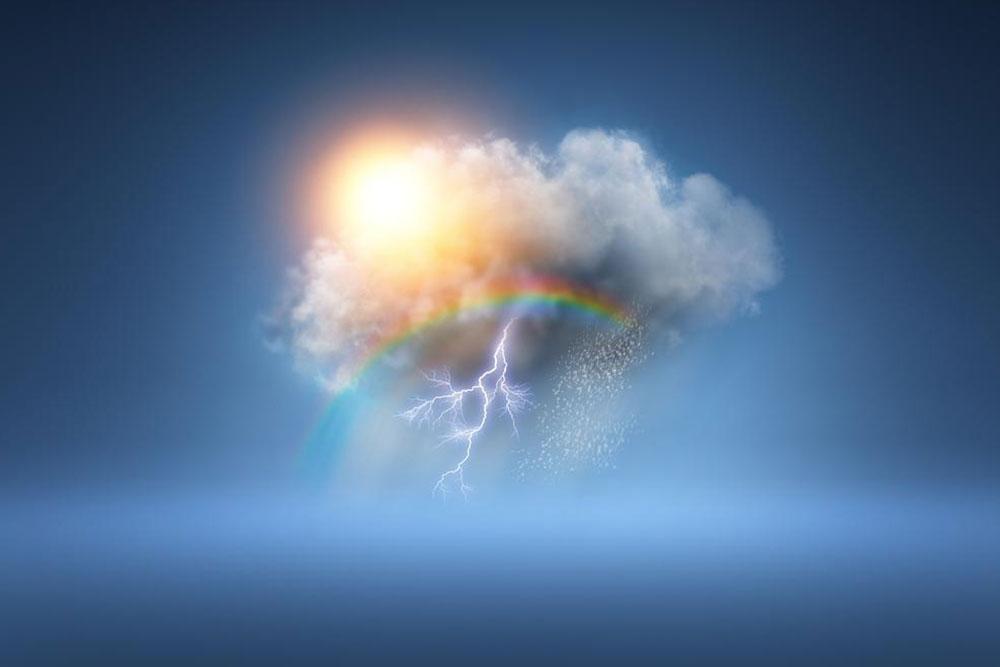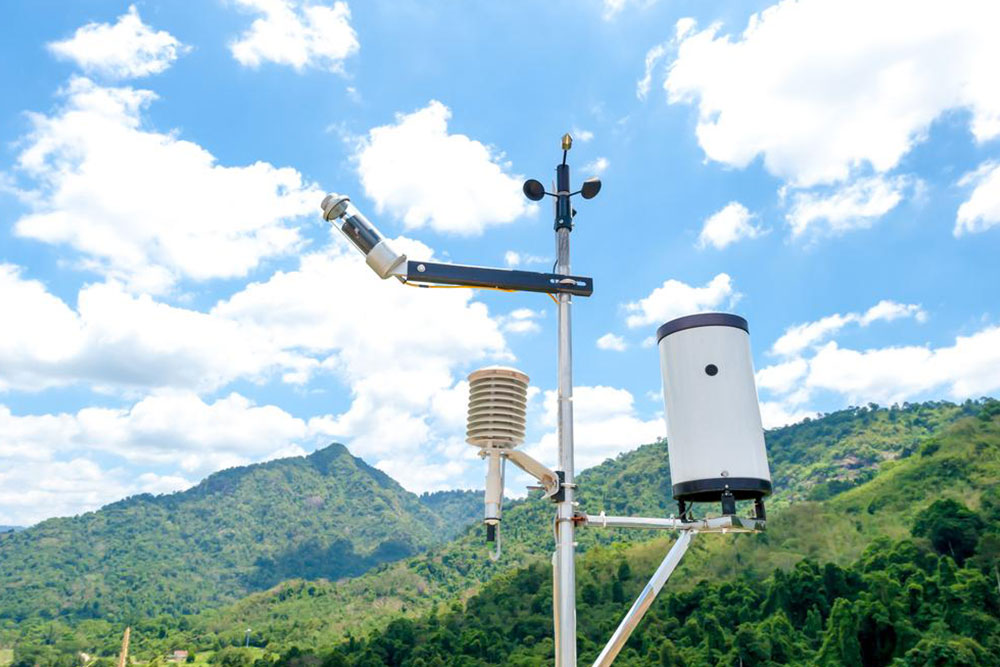Extreme Weather Patterns Impacting Various U.S. States: An In-Depth Overview
This comprehensive article explores the diverse and extreme weather events impacting various U.S. states, including tornadoes, floods, heatwaves, and wildfires. It highlights how climate change is intensifying these natural disasters and underscores the importance of preparedness and resilience strategies. Covering states like Montana, Oklahoma, Mississippi, Nevada, Arkansas, Wyoming, and Alabama, the article provides an in-depth overview of recent severe weather phenomena and their implications for communities and infrastructure across the United States.

Comprehensive Report on Severe Weather Events Across United States
The United States stands out for its remarkably diverse and often extreme climate conditions, making it a country prone to a wide array of weather-related natural disasters. This vast nation features regions that hold records for some of the coldest, hottest, wettest, and driest climates globally. Over recent decades, the frequency and intensity of severe weather events have increased, leading to historic temperature highs, catastrophic floods, devastating tornadoes, and destructive wildfires. Understanding these patterns is crucial for preparedness, mitigation, and climate resilience planning across the country.
Many states have experienced unprecedented weather phenomena, including record-breaking storms, intense heatwaves, and powerful tornado outbreaks. Montana and Oklahoma, for instance, have been severely affected by destructive tornadoes, with Montana also suffering from intense flooding. Oklahoma, situated in Tornado Alley, has seen some of the worst tornadoes in recent history, including violent F5 tornadoes that have caused significant loss of life and extensive property damage over the years.
In addition, Mississippi has faced multiple severe weather incidents, including powerful storms with wind speeds reaching up to 150 km/h, which caused widespread destruction, especially in cities like Hattiesburg. The Mississippi River has risen to historic flood levels not seen since the early 20th century, leading to an estimated impact of around three billion dollars in damages. Nevada’s climate is characterized by extreme heatwaves, with temperatures soaring up to 115°F, which pose serious health risks such as heatstroke and fatalities. These heatwaves frequently ignite wildfires that devastate local ecosystems and threaten livelihoods.
Although Arkansas has a relatively small population, it is frequently impacted by flash floods and tornado outbreaks that can cause fatalities, injuries, and widespread crop destruction, particularly along the Mississippi border. Wyoming, traditionally known for its stability regarding weather, has experienced a rise in avalanche activity in its mountain regions, including the Teton Range, Snake River, and Wyoming Range, due to ongoing climate change. Alabama has also experienced significant severe weather events, notably a four-day tornado outbreak that resulted in numerous deaths and injuries, highlighting the increasing intensity of storm systems across the southern United States.
Throughout the country, climate change exacerbates these extreme events, leading to greater unpredictability and resilience challenges. From the plains to the mountain states and coastal regions, U.S. states are increasingly vulnerable to natural disasters that threaten public safety, infrastructure, and economic stability. Preparing for these events requires coordinated efforts in disaster response, infrastructure modernization, and climate adaptation strategies to mitigate future risks and protect communities across the nation.




